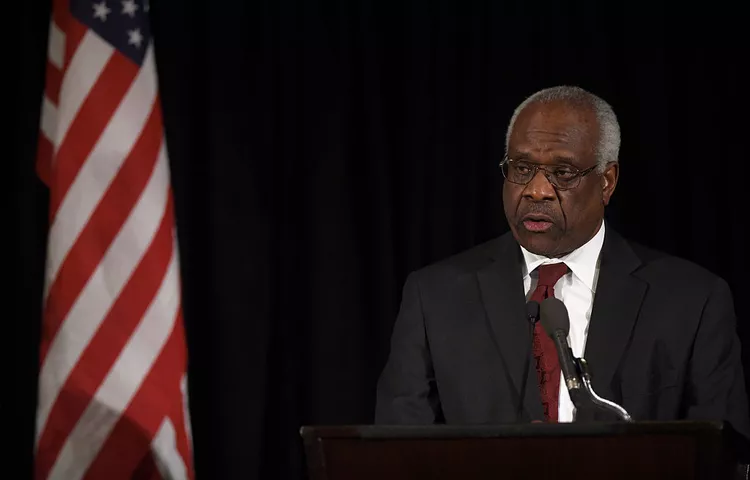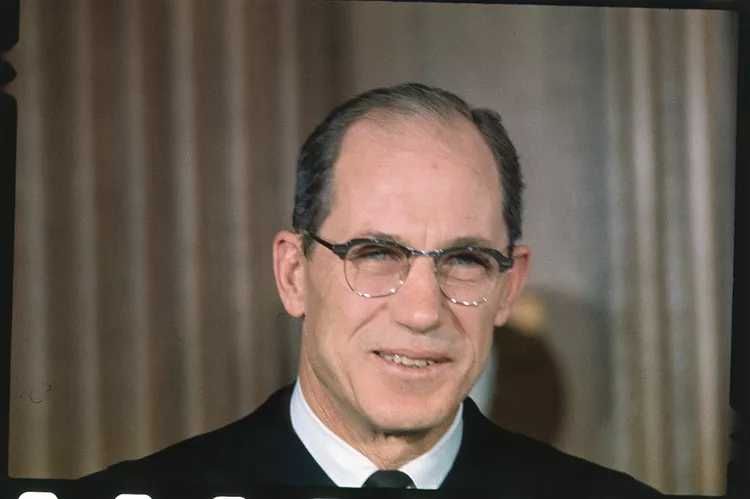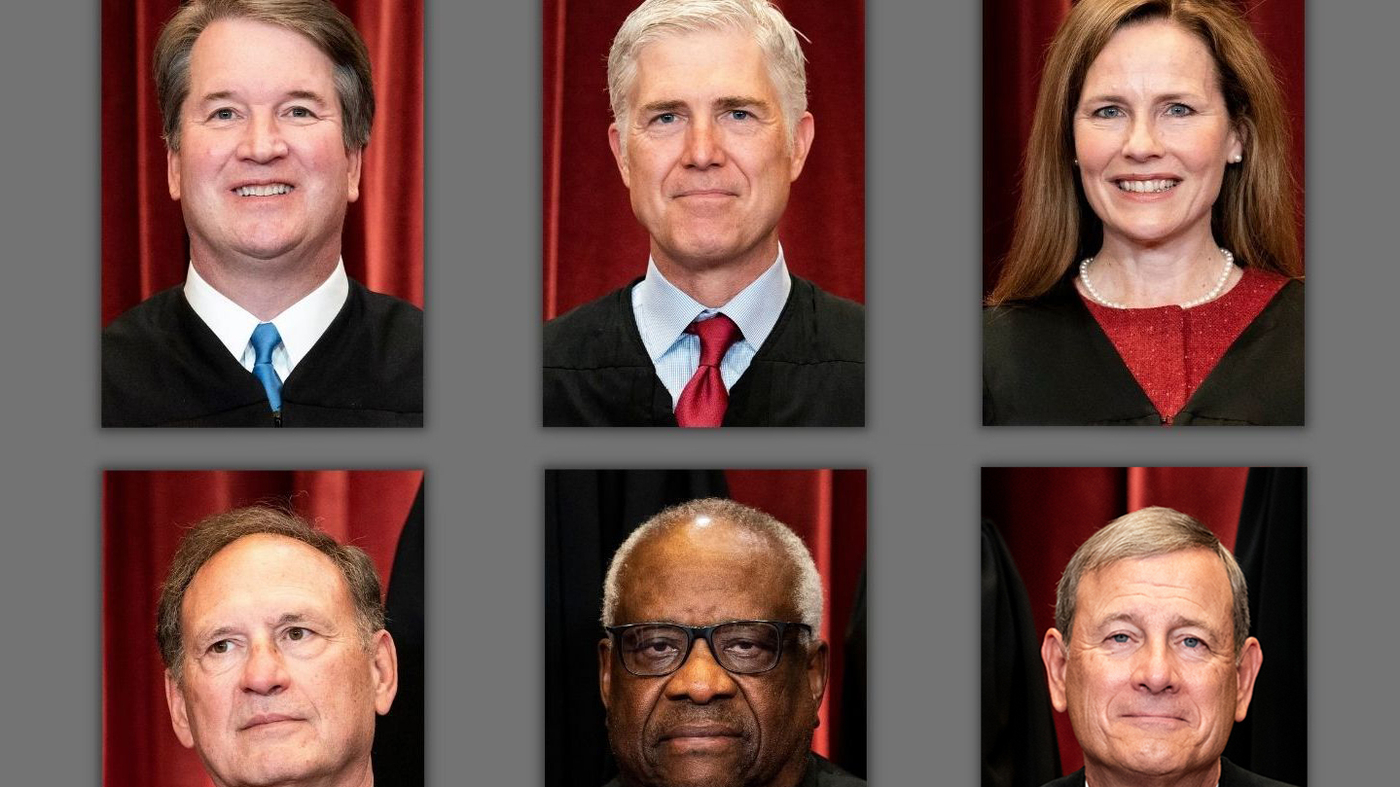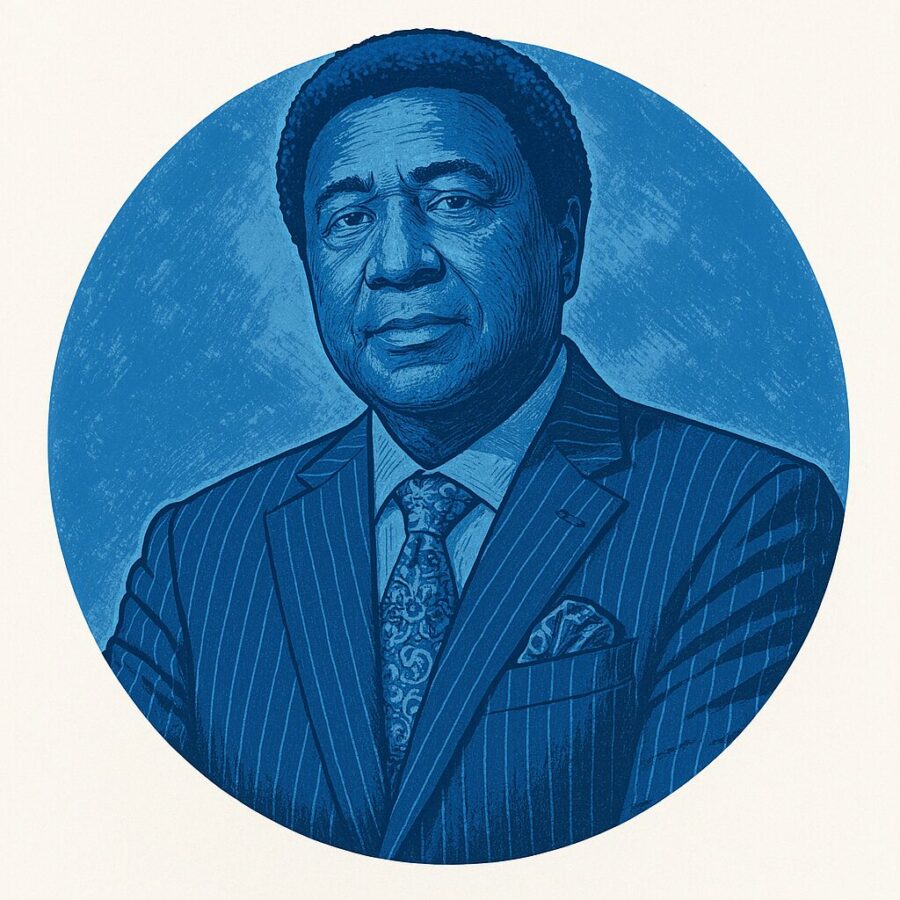Top 5 Conservative Supreme Court Justices
Understanding the Supreme Court’s Political Landscape
The United States Constitution established the Supreme Court but made no mention of political affiliations. The Founding Fathers envisioned justices who would remain impartial, guided solely by constitutional law and legal precedent. However, the reality of modern American politics has made it nearly impossible to separate Supreme Court justices from their political philosophies.
This intersection of law and politics traces back to 1801, when President John Adams and Vice President Thomas Jefferson clashed over judicial appointments in what became known as the “midnight judges” scandal. Today, Supreme Court justices are commonly categorized as conservative, moderate, or liberal based on their legal interpretations and judicial decisions.
Key Takeaways
- Conservative justices focus on preventing judicial activism by interpreting the Constitution as originally intended
- Justice Antonin Scalia became renowned for his opposition to judicial activism and his unwavering moral principles
- Justice Clarence Thomas maintains strong conservative views, emphasizing state rights and constitutional originalism
- The nomination process involves both presidential selection and Senate confirmation, making it inherently political
- Conservative justices believe in judicial restraint and overturning decisions they view as unconstitutional
The Political Nature of Supreme Court Appointments
Presidents typically nominate justices who align with their own political beliefs. When conservative President Donald Trump made his first Supreme Court appointment in 2017, he nominated Judge Neil Gorsuch to replace the late Justice Antonin Scalia, maintaining the court’s conservative balance.
The appointment process itself is deeply political:
- Presidential Nomination – The president selects a candidate who shares their judicial philosophy
- Senate Judiciary Committee Hearings – Nominees face intense public questioning about their legal views
- Full Senate Confirmation – A majority vote is required for final approval
- Expected Impartiality – Once confirmed, justices are expected to function as nonpartisan interpreters of law
Justice Antonin Scalia once advised a law student seeking a federal judgeship with straightforward wisdom: “Get involved in politics.”
The Role of Conservative Justices
Conservative justices serve several important functions within the judicial system. Their primary responsibility centers on maintaining constitutional integrity while exercising judicial restraint.
Core Principles of Conservative Jurisprudence
| Principle | Description | Impact |
|---|---|---|
| Judicial Restraint | Limiting judicial power and deferring to legislative bodies | Prevents judges from creating new laws from the bench |
| Originalism | Interpreting the Constitution according to its original meaning | Maintains consistency with Founding Fathers’ intent |
| State Rights | Supporting state sovereignty over federal overreach | Preserves federalism and local governance |
| Precedent Review | Willingness to overturn unconstitutional prior decisions | Corrects judicial activism from previous courts |
Conservative justices view their role as guardians against judicial activism, where liberal judges might attempt to reinterpret or expand constitutional meaning beyond original intent. They practice judicial restraint while also taking steps to reverse decisions they believe contradict constitutional principles.
The Supreme Court holds unique significance in this regard because its interpretations set ultimate legal precedent for the entire nation. Justices like Antonin Scalia, William Rehnquist, Clarence Thomas, Byron White, and Samuel Alito have profoundly shaped American legal interpretation through their conservative judicial philosophies.
Top 5 Conservative Supreme Court Justices
01 of 05: Associate Justice Clarence Thomas

Appointed: 1991
Nominated by: President George H.W. Bush (Republican)
Status: Currently Serving
Justice Clarence Thomas stands as arguably the most conservative justice in recent Supreme Court history. His judicial philosophy combines conservative and libertarian principles, making him a distinctive voice on the bench.
Thomas’s Judicial Philosophy
Thomas adheres to strict constructionism, interpreting the Constitution according to its original text and meaning. He champions state rights and consistently questions federal government overreach. His approach to constitutional interpretation prioritizes what the document actually says over evolving social standards or contemporary values.
Notable Positions
| Issue Area | Thomas’s Stance |
|---|---|
| Executive Power | Supports strong executive authority within constitutional limits |
| Free Speech | Takes expansive view of First Amendment protections |
| Death Penalty | Upholds constitutionality and state authority to impose |
| Affirmative Action | Opposes race-based preferences as unconstitutional |
| State Rights | Consistently sides with state sovereignty |
Justice Thomas demonstrates remarkable independence, frequently voicing dissenting opinions even when politically unpopular. He remains unswayed by public opinion or political pressure, focusing instead on constitutional text and original intent.
02 of 05: Associate Justice Samuel Alito

Appointed: January 2006
Nominated by: President George W. Bush (Republican)
Confirmation Vote: 58-42
Born: 1950
President George W. Bush nominated Samuel Alito to replace Justice Sandra Day O’Connor following her decision to retire. Many conservatives consider Alito the more reliably conservative of Bush’s two Supreme Court appointments, particularly after Chief Justice John Roberts cast the deciding vote to uphold the Affordable Care Act.
Alito’s Conservative Record
Justice Alito has consistently taken conservative positions on major constitutional questions. He authored significant dissents in cases involving healthcare reform and social policy, demonstrating unwavering commitment to his judicial principles.
Major Dissents and Opinions
- Affordable Care Act Cases – Dissented against upholding Obamacare provisions
- Marriage Equality (2015) – Dissented against ruling legalizing same-sex marriage nationwide
- Religious Liberty – Authored opinions strengthening religious freedom protections
- Second Amendment – Supported expansive interpretation of gun rights
Born in 1950, Justice Alito could potentially serve on the court for many more years, continuing to influence American jurisprudence well into the future.
03 of 05: Associate Justice Antonin “Nino” Scalia

Appointed: 1986
Nominated by: President Ronald Reagan (Republican)
Served until: February 13, 2016 (death)
Justice Antonin Gregory “Nino” Scalia remains one of the most influential conservative voices in Supreme Court history. While his confrontational style sometimes drew criticism, it reflected his unwavering conviction about right and wrong based on constitutional principles.
Scalia’s Judicial Legacy
Scalia revolutionized constitutional interpretation through his advocacy of textualism and originalism. He believed judges should interpret laws based on the ordinary meaning of the text at the time of enactment, not evolving social values or judicial preferences.
Core Beliefs and Approach
| Aspect | Scalia’s Position |
|---|---|
| Judicial Activism | Strongly opposed in all forms |
| Constitutional Interpretation | Originalist and textualist approach |
| Role of Supreme Court | Limited by laws created by Congress |
| Judicial Restraint | Essential principle for all judges |
| Moral Foundation | Operated from clear sense of right and wrong |
Scalia frequently stated that the Supreme Court’s power derives from congressional legislation, not judicial creativity. He opposed judges who attempted to create policy from the bench, arguing this usurped the role of elected legislators.
His written opinions became famous for their clarity, wit, and occasionally biting criticism of judicial activism. Scalia believed the Constitution should be interpreted as written, not as a “living document” that changes meaning with social trends.
04 of 05: Former Chief Justice William Rehnquist

Appointed as Associate Justice: 1972
Nominated by: President Richard Nixon (Republican)
Elevated to Chief Justice: 1986
Nominated by: President Ronald Reagan (Republican)
Served until: 2005 (death)
William Hubbs Rehnquist served on the Supreme Court for 33 years, including 19 years as Chief Justice. He became a towering figure in conservative jurisprudence, shaping American law throughout the late 20th century.
Early Conservative Stance
Rehnquist wasted no time establishing his conservative credentials. In 1973, he cast one of only two dissenting votes in Roe v. Wade, the landmark abortion rights case. This early dissent foreshadowed his consistent conservative voting pattern throughout his career.
Rehnquist’s Judicial Priorities
State Rights Advocate
Rehnquist strongly supported state sovereignty as outlined in the Constitution. He believed the federal government had overreached in many areas where states should maintain authority.
Judicial Restraint Champion
He took the concept of judicial restraint seriously, believing judges should defer to elected officials except when laws clearly violated constitutional provisions.
Conservative Consistency
| Issue | Rehnquist’s Approach |
|---|---|
| Religious Expression | Protected individual and state religious freedoms |
| Free Speech | Balanced approach favoring traditional interpretations |
| Federal Powers | Opposed expansion beyond constitutional limits |
| Criminal Justice | Supported law enforcement and state criminal procedures |
As Chief Justice, Rehnquist led the court with efficiency and fairness, earning respect even from ideological opponents. His legacy includes a more restrained federal judiciary and strengthened state rights.
05 of 05: Former Associate Justice Byron “Whizzer” White

Appointed: 1962
Nominated by: President John F. Kennedy (Democrat)
Served until: 1993 (retirement)
Byron Raymond “Whizzer” White presents an interesting case in Supreme Court history. Despite being appointed by Democratic President John F. Kennedy, White became known for his conservative judicial philosophy, particularly his support for state rights and judicial restraint.
The Conservative Democrat
White’s most famous conservative stance came in 1973 when he cast one of only two dissenting votes in Roe v. Wade. This dissent alone would have secured his place in conservative judicial history, but White’s conservative record extended throughout his entire Supreme Court career.
White’s Judicial Evolution
Political Expectations vs. Reality
Democrats who supported White’s nomination expected a reliably liberal vote. Instead, White consistently practiced judicial restraint and supported state rights, disappointing liberal expectations.
Comfort Under Different Chief Justices
| Chief Justice | Era | White’s Comfort Level |
|---|---|---|
| Earl Warren | 1962-1969 | Most uncomfortable – very liberal court |
| Warren Burger | 1969-1986 | More comfortable – moderate court |
| William Rehnquist | 1986-1993 | Most comfortable – conservative court |
White himself acknowledged feeling most comfortable serving under conservative Chief Justice William Rehnquist and least comfortable in the very liberal court of Chief Justice Earl Warren. This admission reveals his true judicial philosophy aligned more closely with conservative principles despite his Democratic appointment.
Consistent Conservative Principles
Throughout his 31-year tenure, White maintained consistent support for:
- State rights and sovereignty
- Judicial restraint and limited court intervention
- Traditional constitutional interpretation
- Deference to legislative bodies
His career demonstrates that judicial philosophy does not always align with the political party of the appointing president.
Comparing the Five Conservative Justices
Overview Table
| Justice | Appointed | Party of President | Years Served | Notable Characteristic |
|---|---|---|---|---|
| Clarence Thomas | 1991 | Republican (Bush) | 34+ years (ongoing) | Most conservative, strict constructionist |
| Samuel Alito | 2006 | Republican (Bush) | 19+ years (ongoing) | Consistent conservative, major dissenter |
| Antonin Scalia | 1986 | Republican (Reagan) | 30 years | Originalist pioneer, intellectual leader |
| William Rehnquist | 1972/1986 | Republican (Nixon/Reagan) | 33 years | State rights champion, judicial restraint |
| Byron White | 1962 | Democrat (Kennedy) | 31 years | Conservative Democrat, Roe dissenter |
Common Threads Among Conservative Justices
Despite their different backgrounds and eras, these five justices share several fundamental beliefs:
Constitutional Philosophy
- Originalism or strict constructionism
- Opposition to judicial activism
- Commitment to judicial restraint
- Respect for separation of powers
Legal Priorities
- Strong support for state rights
- Limited interpretation of federal powers
- Deference to elected legislative bodies
- Consistency in applying constitutional principles
Approach to Precedent
- Willingness to overturn unconstitutional decisions
- Respect for legitimate precedent
- Focus on constitutional text over social trends
- Independence from political pressure
The Impact of Conservative Justices on American Law
Conservative Supreme Court justices have profoundly shaped American jurisprudence over the past five decades. Their influence extends across multiple areas of constitutional law, affecting everything from federalism to individual rights.
Areas of Conservative Influence
Criminal Justice
Conservative justices have generally supported law enforcement authority while maintaining constitutional protections against unreasonable searches and seizures.
Federalism
They have worked to restore balance between federal and state powers, limiting federal overreach and protecting state sovereignty.
Individual Rights
Conservative justices have taken expansive views of certain rights like free speech and religious liberty while interpreting others more narrowly.
Separation of Powers
They have emphasized maintaining distinct roles for the legislative, executive, and judicial branches, opposing judicial legislation.
Long-Term Influence
The conservative justices profiled here have left lasting impacts that continue shaping American law. Scalia’s originalism has become mainstream conservative judicial philosophy. Rehnquist’s emphasis on state rights has influenced federalism debates. Thomas’s unwavering conservatism provides a consistent constitutional benchmark. Alito continues building on this conservative foundation.
Understanding Judicial Philosophy in Context
The label “conservative” when applied to Supreme Court justices refers primarily to their approach to constitutional interpretation, not necessarily their personal political beliefs. These justices believe the Constitution should be interpreted according to its original meaning and that judges should exercise restraint rather than creating new rights or expanding federal power.
This judicial philosophy stands in contrast to those who view the Constitution as a living document that evolves with societal changes. Conservative justices argue that constitutional amendments, not judicial reinterpretation, provide the proper method for adapting the Constitution to new circumstances.
Understanding these judicial philosophies helps citizens better comprehend Supreme Court decisions and their impact on American society. Whether one agrees or disagrees with conservative judicial philosophy, these five justices have undeniably shaped the development of constitutional law in the United States.
Conclusion
The five conservative Supreme Court justices profiled here represent different eras and approaches within conservative judicial thought. From Byron White’s surprising conservatism despite a Democratic appointment to Clarence Thomas’s unwavering strict constructionism, each has contributed uniquely to American constitutional law.
Their shared commitment to judicial restraint, originalism, and state rights has created a lasting conservative legal framework that continues influencing American jurisprudence. As the Supreme Court faces new constitutional questions, the principles established by these conservative justices remain relevant to ongoing legal debates about the proper role of courts in American democracy.
Understanding their contributions provides valuable context for following current Supreme Court decisions and evaluating how judicial philosophy shapes the interpretation of America’s founding document.




